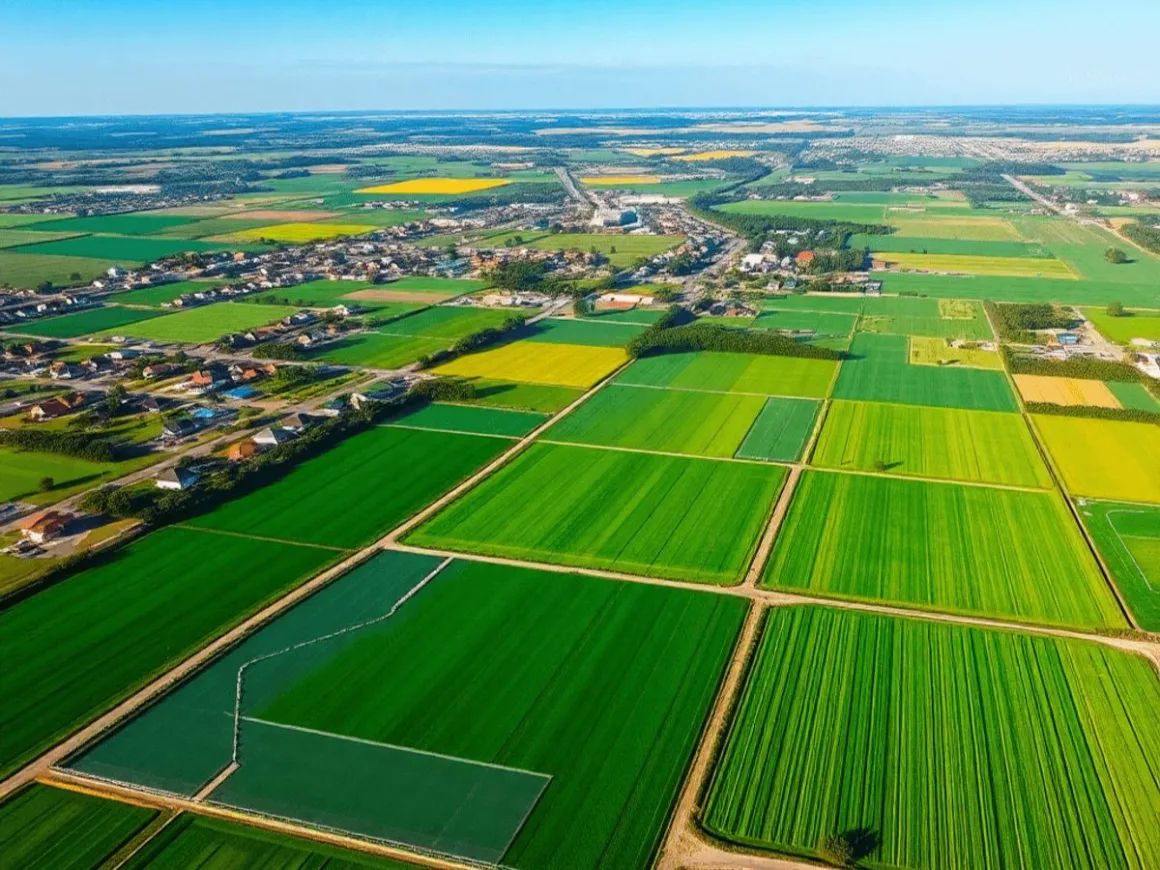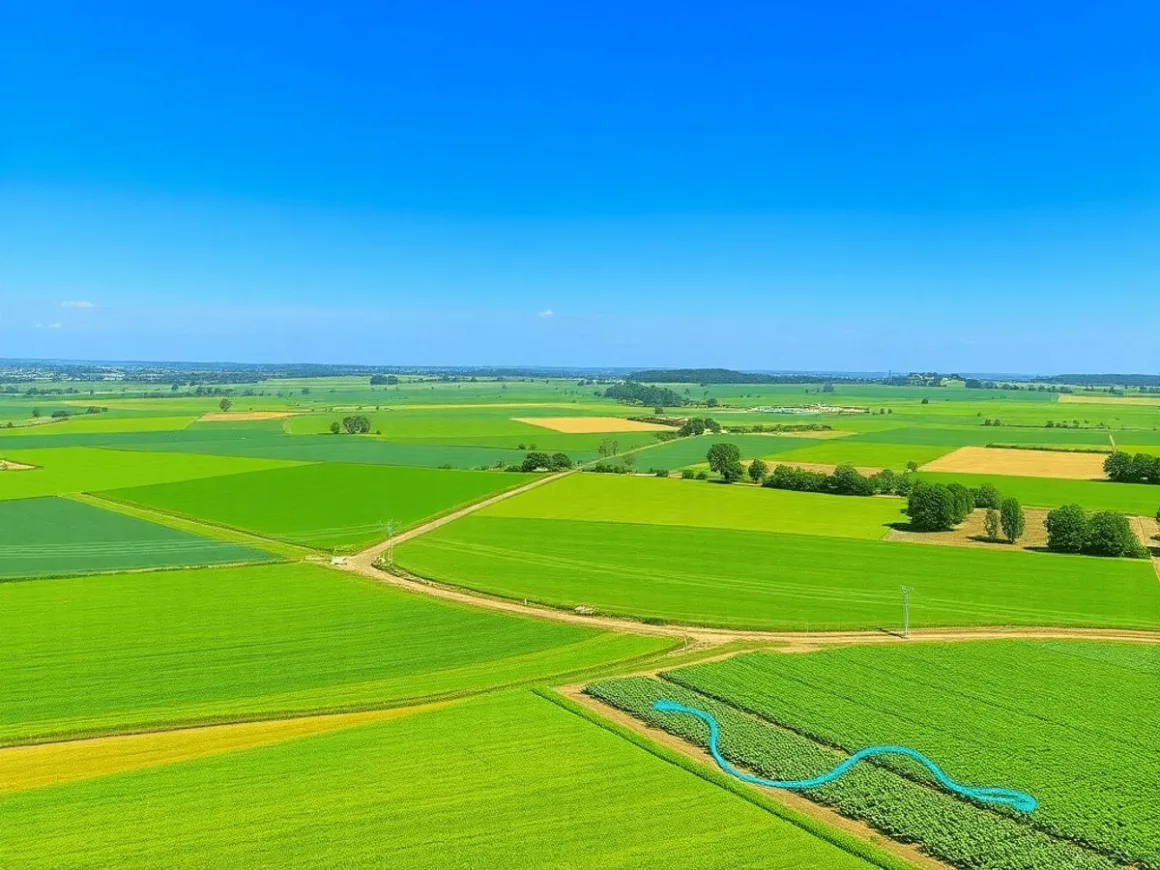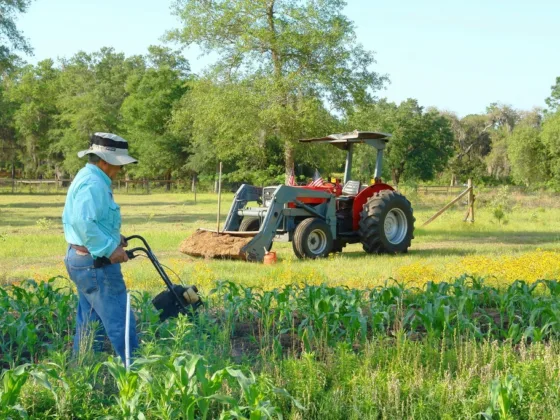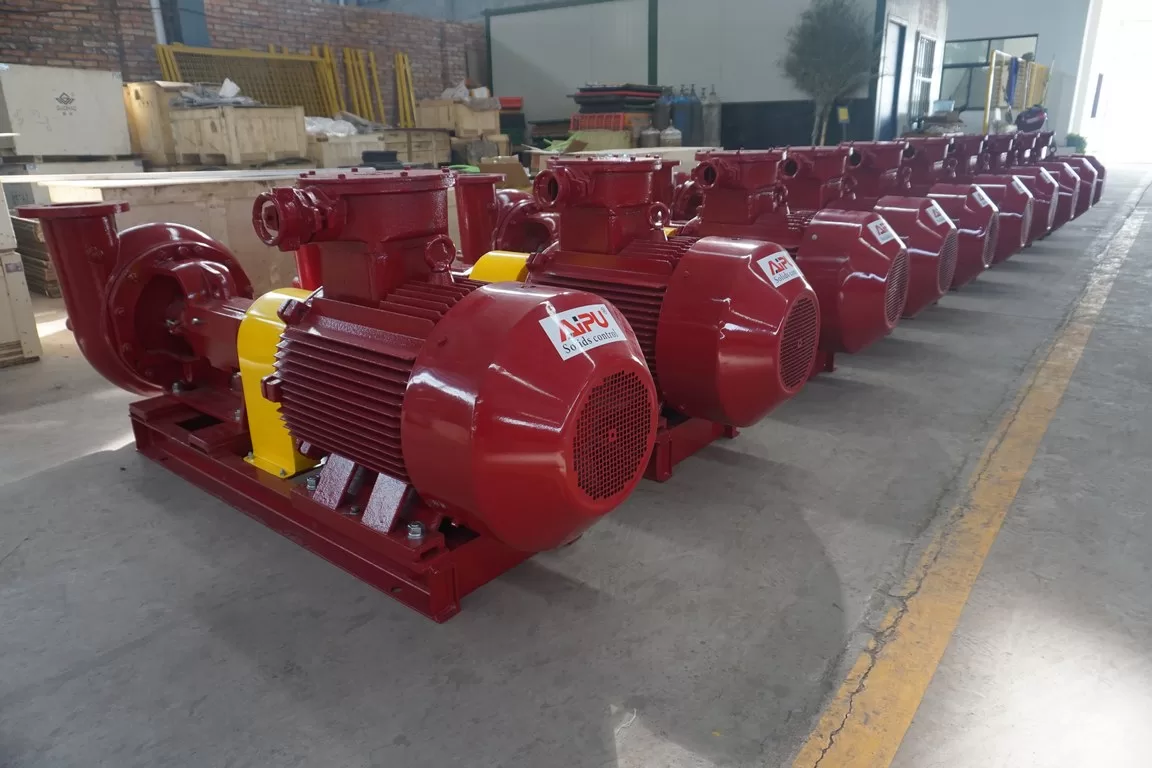Understanding the Shifting Landscape of Agricultural Land
Agricultural land news is making waves across industries, affecting farmers, investors, and policymakers alike. From government policies to climate concerns, multiple factors are influencing land prices and availability. For those navigating these changes, staying updated is essential to making informed decisions.
The past few years have seen unprecedented shifts in farmland value. Supply chain disruptions, inflation, and urban expansion are playing key roles in shaping today’s market. Farmers looking to expand are facing stiff competition from real estate developers, corporate investors, and even conservation groups.
How Recent Trends Are Influencing Farmland Prices
A decade ago, the idea of farmland as a prime investment asset was limited to industry insiders. Today, institutional investors are buying up agricultural real estate at a record pace, creating ripple effects in rural economies. Land that once sold primarily to local farmers is now a target for global investment funds.
Agricultural land news highlights how regions with stable water resources and favorable climates are experiencing a surge in land prices. This demand is pushing independent farmers to compete with deep-pocketed corporations. As a result, smaller operations are getting priced out, changing the agricultural landscape entirely.
Government Policies and Their Role in Land Valuation
Federal and state policies have always played a major role in agricultural land valuation. Tax incentives for conservation, subsidies for farmers, and regulations on land development are shifting land accessibility and pricing structures.
In some areas, zoning changes are restricting agricultural expansion. Meanwhile, conservation programs offering incentives for keeping land undeveloped are creating a new dynamic in rural economies. The debate between economic development and environmental preservation continues to shape the market.
Related reading: Everything You Need to Know About Farm Management
The Climate Factor: A Growing Concern for Land Buyers
Climate change is an undeniable force in the conversation about farmland value. Regions experiencing increased droughts, floods, or soil degradation are witnessing fluctuating land prices.
Buyers are now considering water rights and soil health more than ever before. Land in regions with reliable rainfall and strong irrigation infrastructure is in higher demand, driving up costs for those areas. This means that farmers looking to expand their operations must carefully assess climate trends before making purchasing decisions.
Urban Expansion and the Decline of Rural Farmland
Another factor reshaping the agricultural real estate market is urban sprawl. Cities are expanding, and farmland on the outskirts is often the first to be converted into residential and commercial developments.
This is particularly evident in rapidly growing states where agricultural land is being rezoned for housing projects. While this can mean big profits for landowners selling their property, it also raises concerns about food production and the loss of fertile soil.

Real-Life Perspectives: Farmers on the Frontlines
For family-owned farms, these shifts present tough choices. Some farmers are cashing out and retiring early, while others are struggling to hold onto their land amid rising costs.
One corn farmer in Iowa recently shared his struggle in competing with developers. Despite multiple offers from real estate companies, he remains committed to keeping his land for future generations. His biggest concern? The increasing difficulty for young farmers to afford new acreage and sustain long-term operations.
What This Means for Future Landowners
The current trends indicate that agricultural land is no longer just about farming—it’s an investment asset, an environmental resource, and a policy battleground.
Prospective buyers need to weigh their options carefully, considering everything from government incentives to climate resilience. Understanding local market conditions and staying informed on legislative changes can make a significant difference in making the right investment decisions.
Related reading: Types of Agricultural Machinery and Its Uses
Final Thoughts
Agricultural land news continues to evolve, bringing new challenges and opportunities to the table. Whether you’re an investor, a farmer, or a policy analyst, keeping an eye on market trends is crucial to navigating the future of agricultural real estate.
With farmland becoming an increasingly scarce resource, those who adapt to the shifting landscape will be the ones who thrive in this evolving market.








